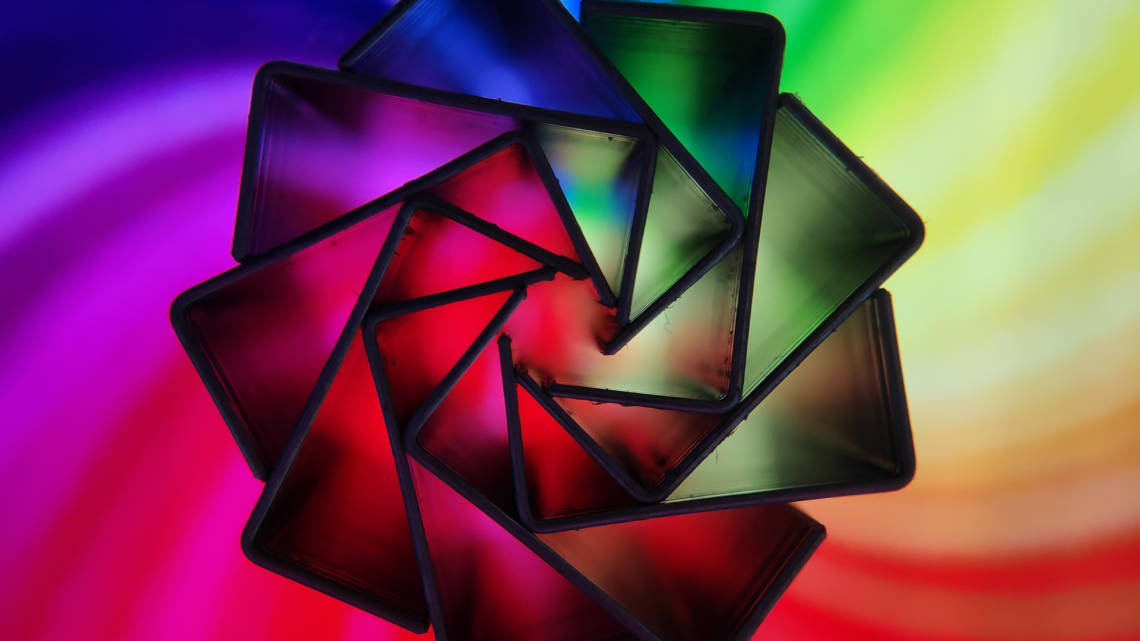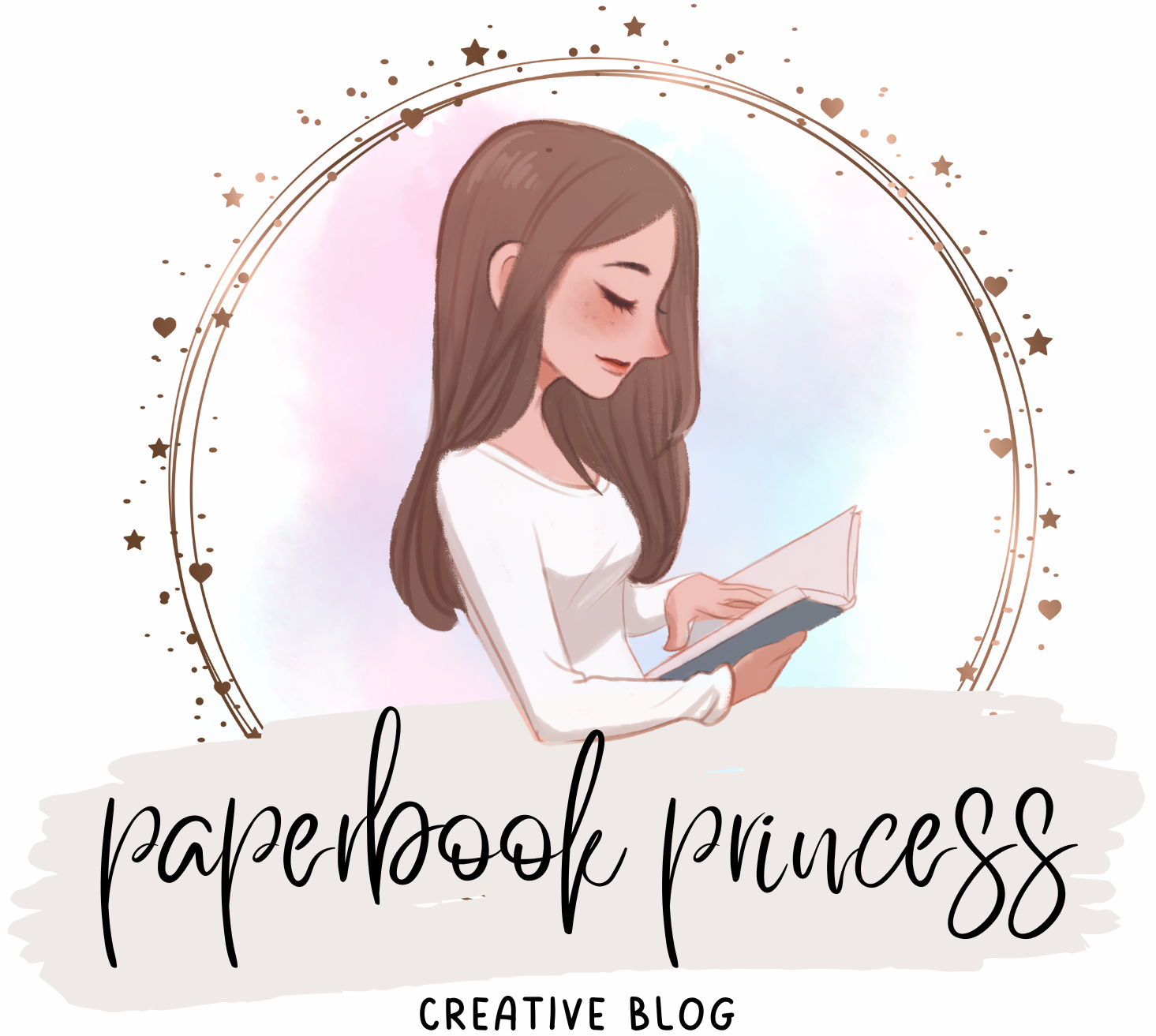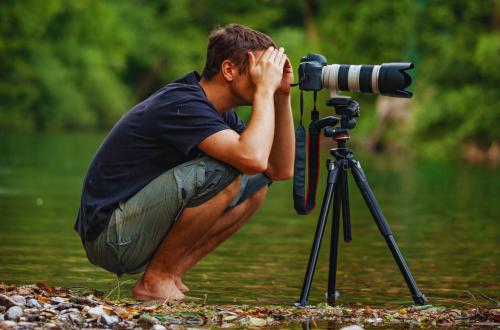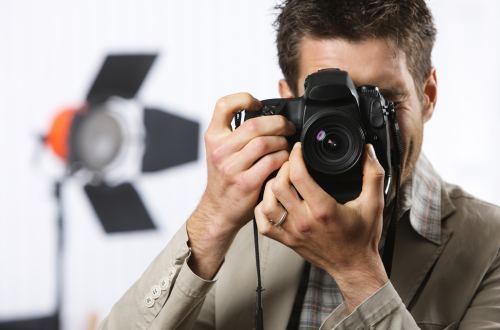
Exploring the Boundaries of Abstract Photography
Abstract photography can be defined as photography that uses abstraction to create an image. It can be described as not focusing on realism or an image’s natural elements. Instead, it focuses on creating an image using shapes, colors, and textures. In this blog post, we will explore the boundaries of abstract photography by looking at some of the best examples out there.
Defining Abstract Photography
Abstract photography is a genre that emphasizes the use of light and dark to create compositions without figures or objects. It can be considered a form of abstract art. In contrast, the definition of abstract photography can vary from artist to artist. This style of photography typically includes a few generic elements.
One common trait of abstract photography is that it often challenges the traditional definitions of what constitutes an image. For example, many abstract ideas may include elements like light and dark, but they may focus on something other than depicting specific objects or people. Instead, these images typically rely on light and dark to create a sense of depth and perspective.
Another essential characteristic of abstract photography is that it typically focuses on creating visual effects rather than capturing accurate representations of reality. Abstract photographers often use techniques like layering and blending to create their images.
Manipulating and Altering Reality in Abstract Photography
Abstract photography is often defined by its lack of detail and focuses on the overall composition. However, abstract photography uses many ways to manipulate and alter reality to create a more intricate and detailed image. By using selective focus, light manipulation, and post-processing software, photographers can create images that have a three-dimensional quality.
By manipulating these elements, photographers can produce images with a variety of different textures and colors. There is no one correct way to approach abstract photography; experimenting and seeing what works best.
Manipulating Light and Shadows to Create Abstract Images
Abstract photography is a type of photography that often features a minimal or abstract background and simple, often geometric images. Some common elements of abstract photography are light and shadows to create an illusionistic effect and emphasize the image’s simplicity.
There are many ways to create abstract photographs, as the style depends mainly on the photographer’s creative vision. However, there are a few techniques that can help to start creating Abstract images:
- By manipulating light and shadows, we can create photos that appear three-dimensional even when they’re not. For example, try using a light behind the subject to cast an eerie shadow on their face or use long exposure times to capture light trails in the subject’s hair.
- Photographing an object or scene in pure black and white can be challenging to bring out all of its details. To make the images more striking, add colorful elements like stripes or dots into the photo using filters or Photoshop techniques. Using this technique, we may add character to the image while drawing attention to crucial details.
- An excellent way to determine Abstract photography is to experiment with different compositions. Try placing the subject at a wide or shallow angle or framing them in an unusual way. Once we’ve found a composition that suits our style, stick with it until we feel like we’ve mastered the technique.
Bringing Our Imagination to Life Through Photography
The term “abstract” can mean different things to different people, but in photography, the use of light and shadow is essential in creating a strikingly minimalistic look. Whether we’re just starting or have years of experience behind the lens, abstract photography offers a wealth of opportunities for creative experimentation. One way is to experiment with different lighting techniques. We can use natural, indirect, or studio lighting to create interesting shadows and light effects.
Another way to explore abstract photography is to focus on creating shapes and patterns in our images. We can use simple shapes like circles or squares or more complex designs like grids or mandalas. Make sure our image is well-balanced in whatever way we present it.
Finally, Abstract Photography isn’t limited to black-and-white images. We can also experiment with color abstraction using any color palette that is appealing. Just be sure to use color sparingly, or it might start to look muddy instead of vibrant.
Breaking Boundaries of Abstract Photography
Many different meanings can be drawn from these photographs. Still, they all have the same overarching purpose: to push viewers to reconsider their assumptions about photography’s medium. These suggestions will help us venture into unfamiliar territory and produce spectacular results, whether we’re abstract photography beginners or seasoned pros.





